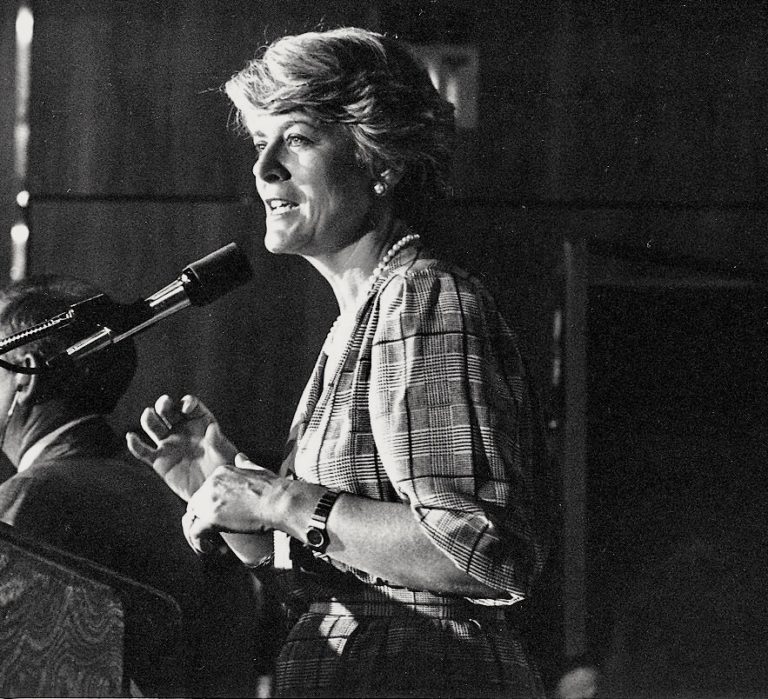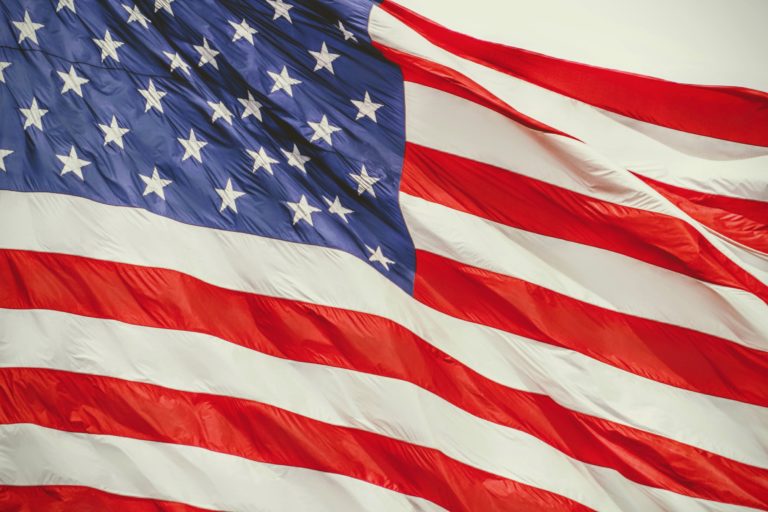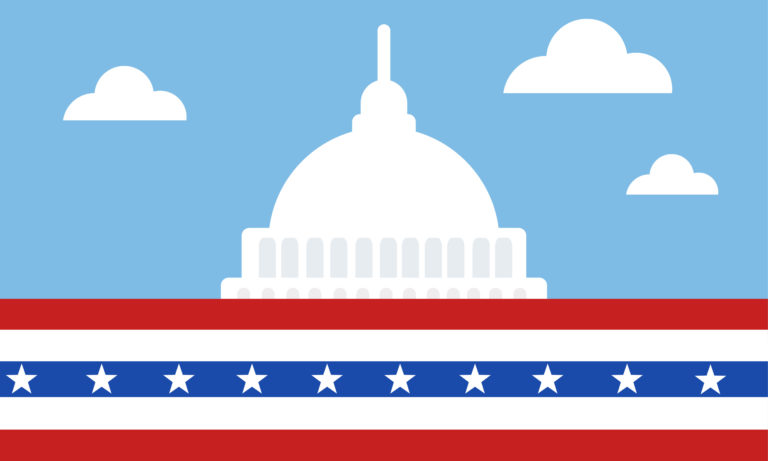It’s a popular question on the presidential campaign trail to ask the male Democratic…
A woman VP is good, but a gender balanced cabinet is next

Elected executives have the power to make strides towards gender parity through their executive office nominations. Joe Biden’s commitments to choosing a woman as his running mate, and appointing more women to his cabinet, serve as historic milestones on the path to gender equality. What’s more, these actions would set up “female vice president [to] later find herself in a stronger position to win the presidency than any woman in American history” by helping to normalize women in positions of power.
As groundbreaking as this move is, Biden’s appointments will not address the systemic barriers that women face when they run for office. Until these barriers are addressed, electoral outcomes will remain unbalanced across identity, race, age, ideology and geography in the United States. As a result, even as the country considers another gender-balanced ticket, the U.S. as a whole lags behind many other countries in terms of women’s representation and leadership. This trend will persist until we address our antiquated voting system designed to limit competition and hinder women’s electoral success.
In January of 2000, the United States ranked 48th for gender parity in national government leadership globally; now, 20 years later, we’ve dropped to 83rd. Although the U.S. has been gradually increasing the number of women in Congress, progress is intermittent and uneven across racial, geographical and ideological constituencies. And, while the U.S. has failed to elect a woman president, 13 countries have women heads of government, many of whom have gained global recognition and acclaim for their leadership skills. Of those 13 countries only one, Taiwan, shares our first-past-the-post voting system, which was implemented here well over 200 years ago to maintain the status quo.
Other countries are closing the electoral gender gap faster by taking deliberate action to modernize their recruitment rules and electoral systems. Canada, Ethiopia, and South Africa, for example, have committed to and named gender balanced cabinets. If we hope to ensure that gender parity across government is possible, we must address the barriers which continue to block women from running, winning, serving and leading.
Our nation is better when we hear from individuals with diverse backgrounds, be it gender, race, ethnicity, or religion. Kamala Harris’s appointment is a historic step. Gender-balanced cabinets, ranked-choice voting, and ensuring that women have equal opportunities to run, win, serve, and lead are all on the table as next moves towards parity.






